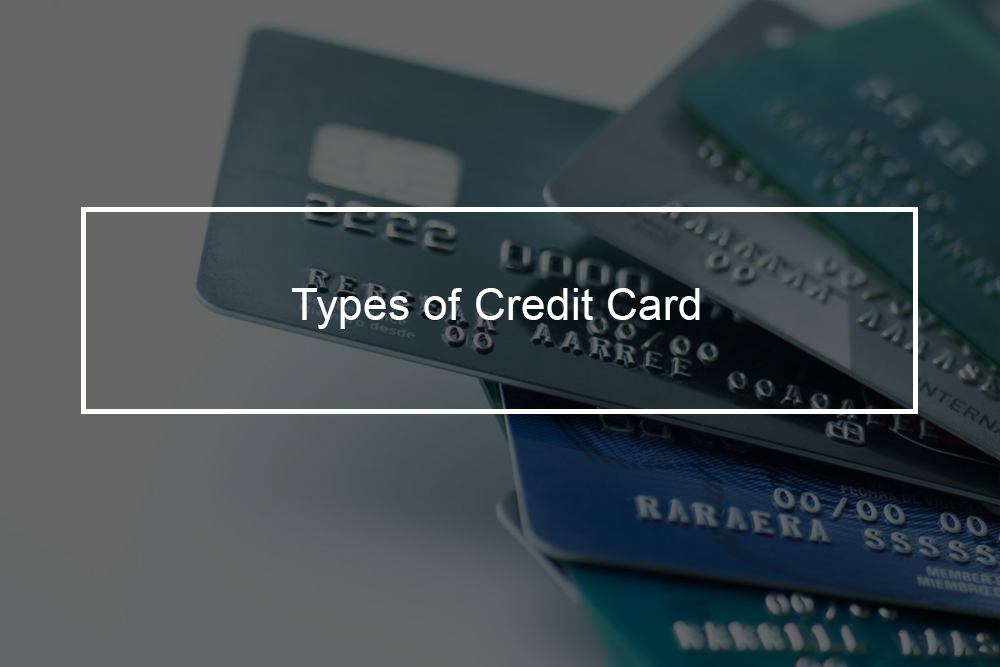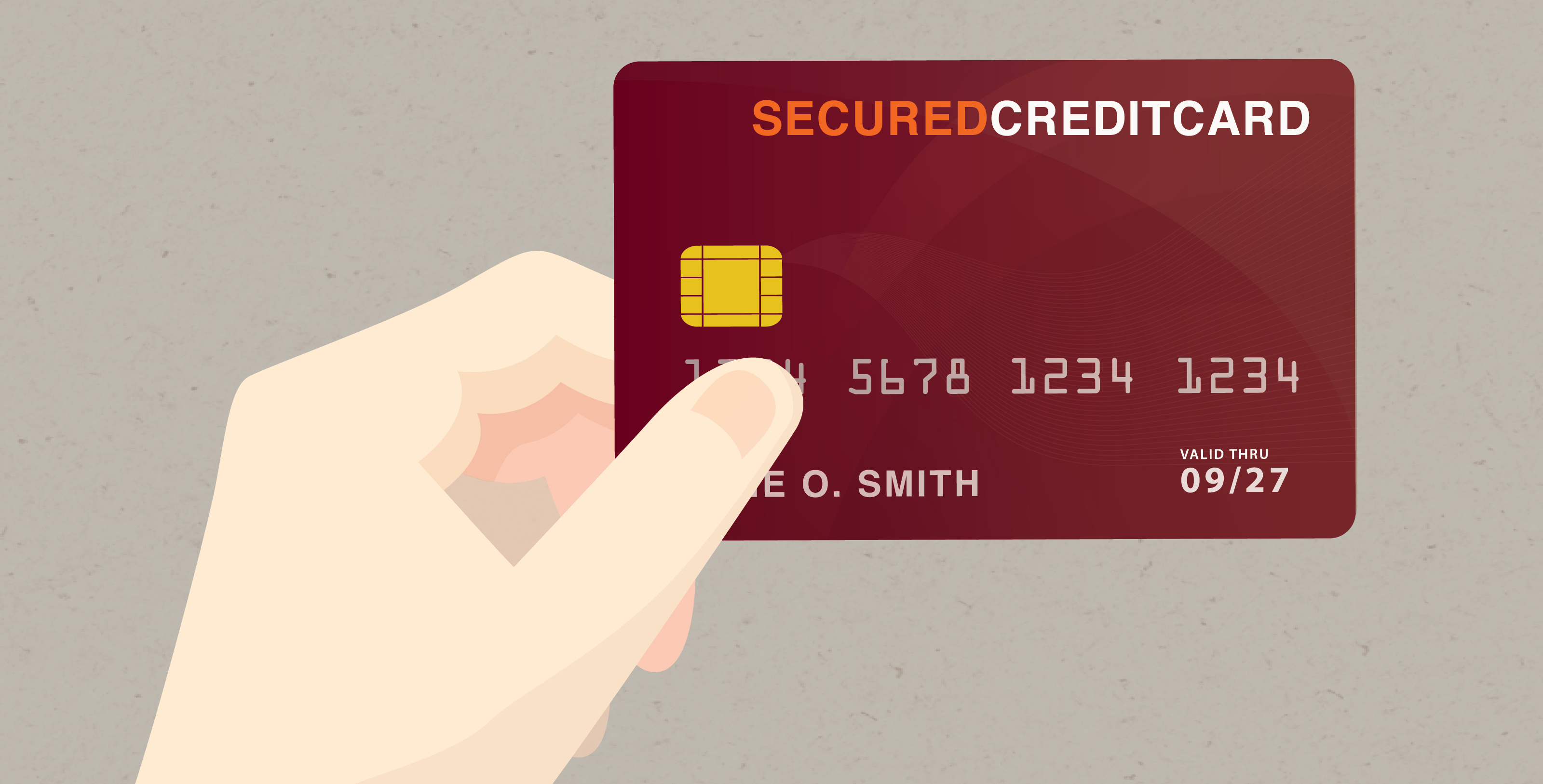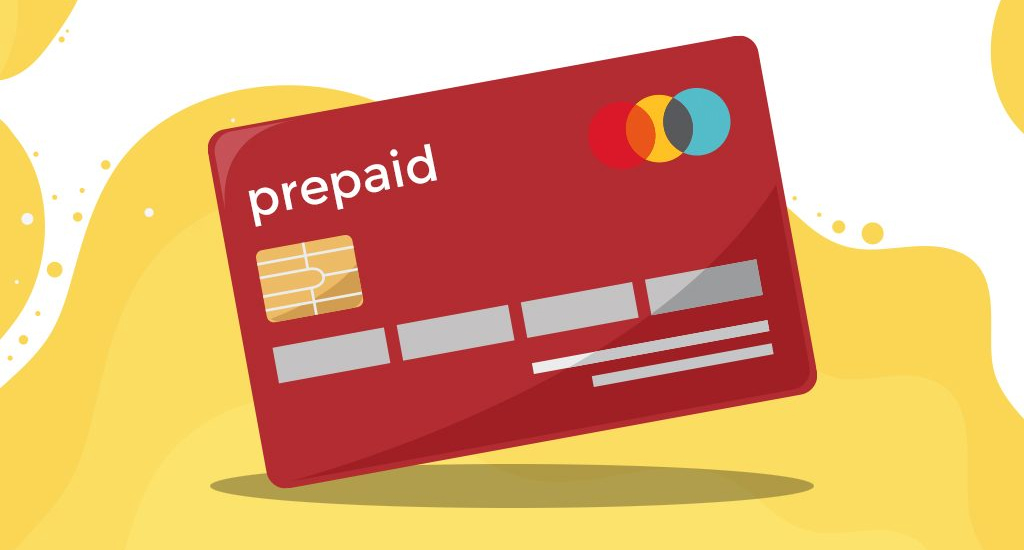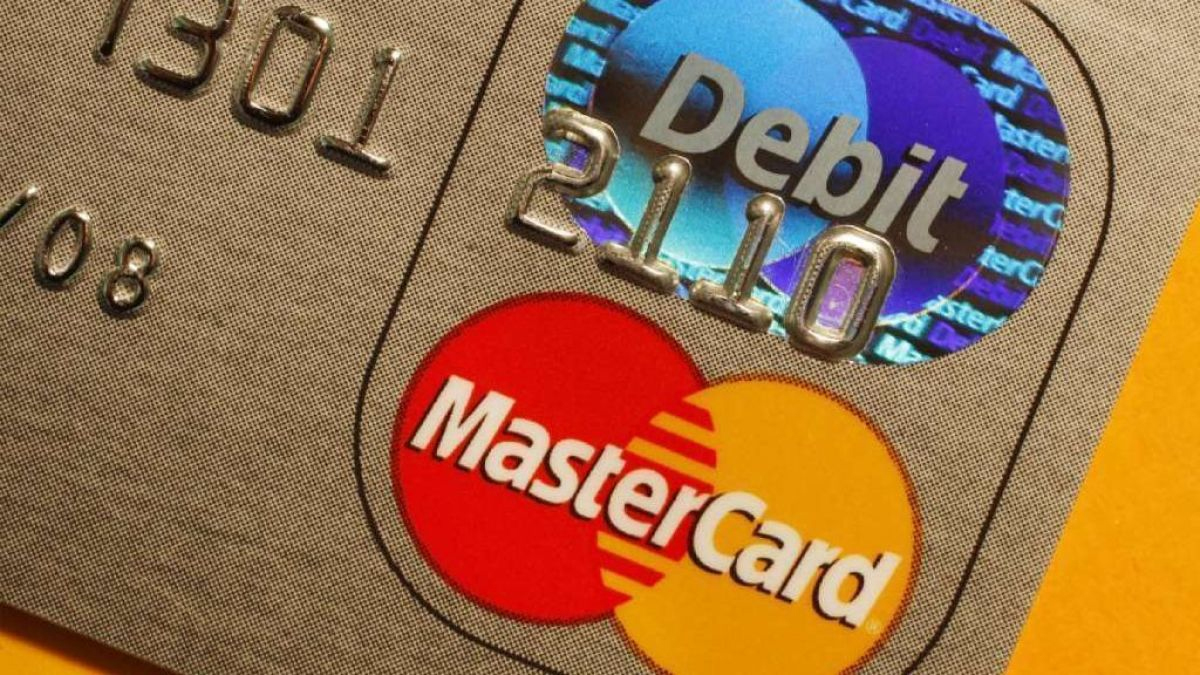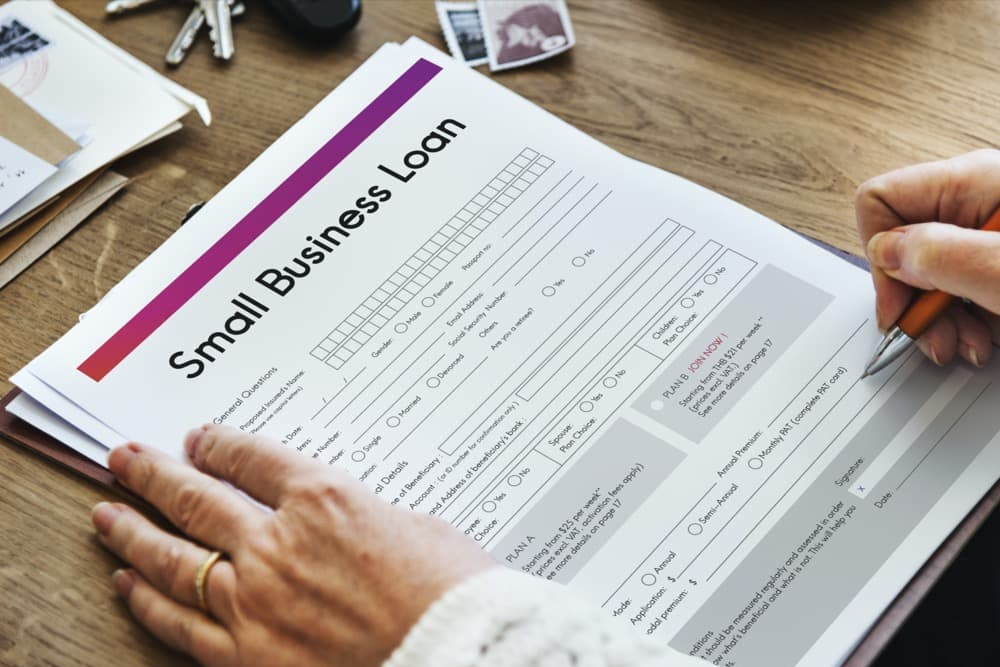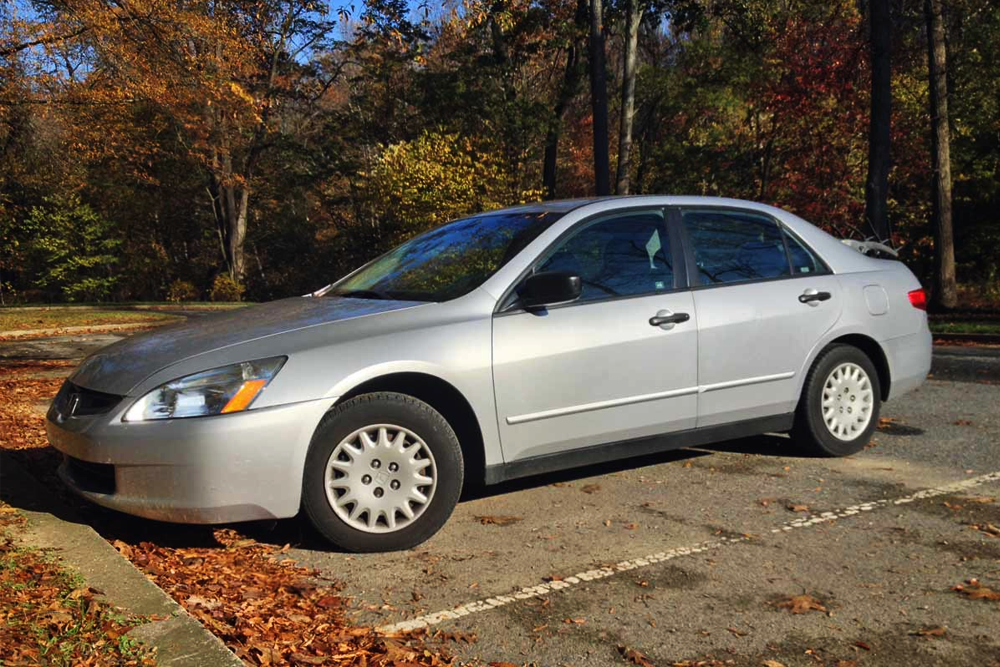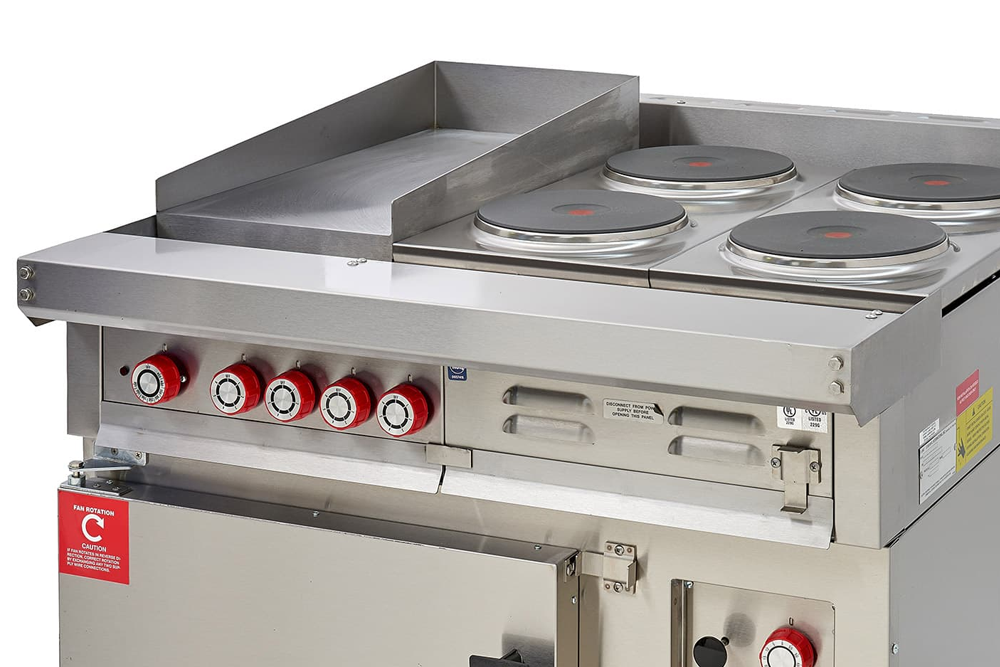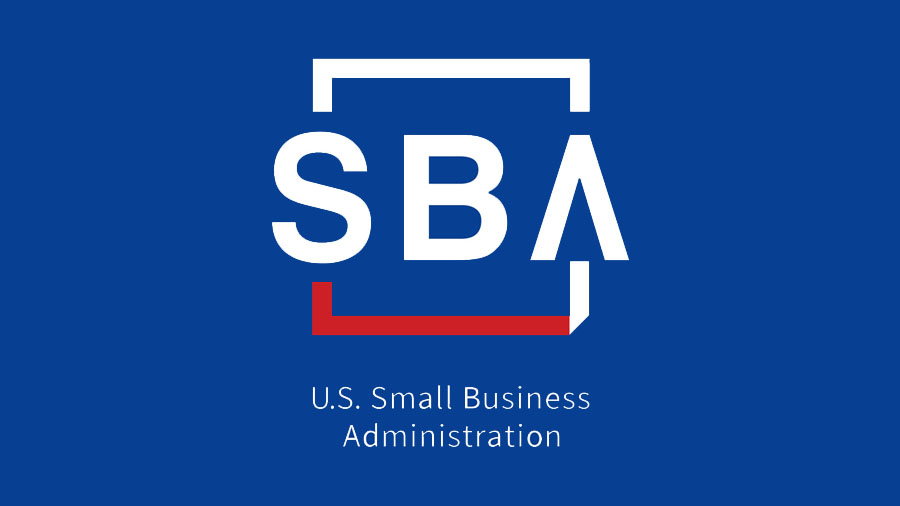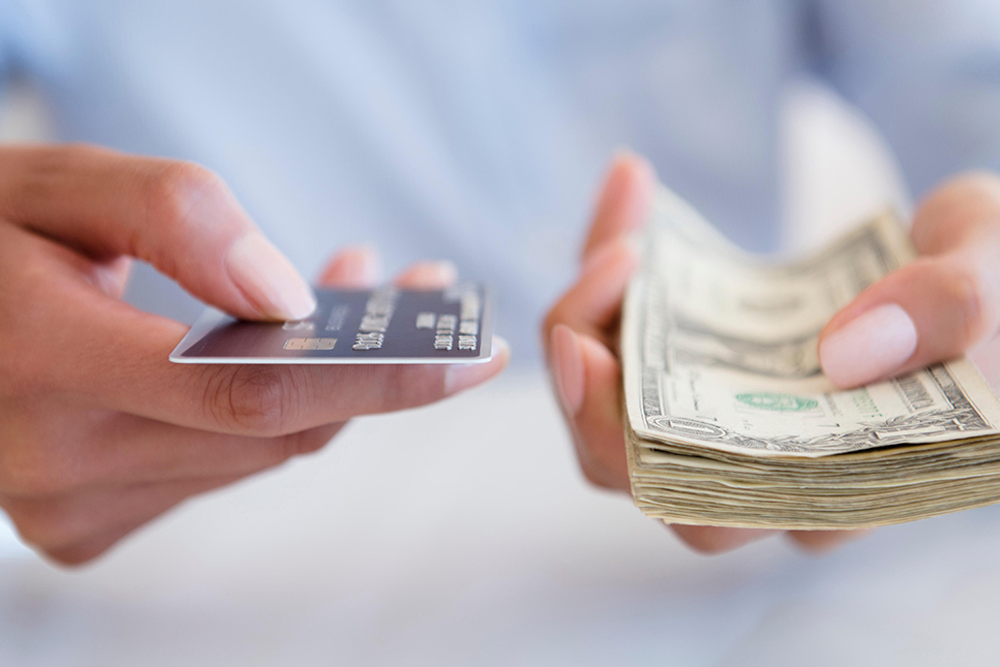
The four basic credit cards types
Credit cards are essential financial resources. Showing that you can use them responsibly is an excellent way to improve your credit score and manifest to lenders that you are a candidate for credit terms on car loans, mortgages, and other essential loans, although some people struggle with credit. Young people find it hard to build credit at first, and others have a hard time rebuilding credit scores after financial setbacks. These groups might not be eligible for a traditional credit card. However, luckily there are other choices. Today, we will cover the four basic kinds of credit cards, how much they cost, and how they work.
The kinds of credit cards accessible are many and diverse. You will be amazed at the breadth of selection in the market today. Whereas rewards churners and experienced cardholders may reveal in the many and varied credit card types accessible to them, a novice to the modern credit card marketplace can easily be overwhelmed by the number of options. This post will help you put the field of choices into perspective.
Unsecured credit cards
These kinds of cards are known as unsecured since they do not need collateral. Simply put, you do not have to offer a security deposit to open an unsecured credit card.
How do unsecured credit cards work?
- Unsecured credit cards allow for a revolving balance up to predetermined credit limit
- A section of the credit limit is used when a purchase is made, and it becomes accessible again when a payment is made.
- Unsecured cards are the traditional credit cards
The costs linked with unsecured credit cards
- May have membership charges
- Accrue finance charges
- Typically charge late fees in case payment is not made by the due date
- Typically charge over-limit charges in case the balance goes over the credit limit
How unsecured credit cards impact consumers?
- Credit activity and pay history on these cards are:
- Reported to the credit reporting bureaus
- Will affect the credit score
- Might cause an increase or decrease in the credit limit
Secured credit cards
These kinds of cards are known as secured since they require collateral. When you make a security deposit, you secure the credit card. In case you run into trouble and maybe mishandle the card, the creditor’s losses will be limited since they got a deposit from you.
How secured credit cards work?
- Mainly secured credit cards are intended for those without credit history or who have had a troubled history
- Most of the secure credit cards require a security deposit
- The credit limit is often between fifty percent and one hundred percent of the security deposit
- Require monthly payments
- Secured credit cards security deposit earns interest at about the same rate as a savings account. The deposit is returned soon after the account is closed.
Costs linked with secured credit cards
- Most of them have membership fees and application fees. Note when selecting a secured credit card, look for lenders who do not charge application fees
- Can charge late and over-limit charges
- Accrue finances fees and sometimes charge monthly maintenance fees. Remember when selecting a secured credit card, make sure you read the fine print and understand all conditions and terms. Some secured credit cards have poor conditions and terms that will take up a high percentage of the credit limit with monthly fees.
How secured credit cards impact consumers?
- May affect the credit score. Remember when selecting a secured credit card, choose a creditor who reports to the credit agencies. By doing so will assist build credit in case you utilize the card responsibly.
- Secured credit cards are viewed as stepping stones to unsecured credit cards, which provide better conditions and lower fees. Often, someone with a secured credit card can be eligible for a secured credit card after a year of responsible credit use.
Prepaid cards
Typically prepaid cards:
- Money is loaded onto a card before the card can be used
- The cards are usually offered at big retailers such as Wal-Mart
- Spending limit does not accelerate until more funds are loaded
- Purchases are withdrawn from the balance
Costs linked with a prepaid card
- Prepaid cards do not accumulate interest and do not have minimum payments
- Re-loading fees are sometimes waived; however, the stores will possibly charge check-cashing fees
- Typically have loading charges and could have fees evaluated each time they are used
How do prepaid cards impact consumers?
- Due to charges, these cards are not great long-term options. They are best used only when an individual does not qualify for a traditional credit card or is practicing healthy habits before getting a traditional credit card
- Do not report to the credit bureaus
- Similar to debit cards; however, they are not bound to a checking account
- Not regarded actual credit cards because funds have to be loaded
Debit cards
Here is how debit cards work:
- Funds and purchases are withdrawn from the balance
- Linked to the checking or savings account of the cardholder
- Can be used for travel reservations and online purchases
- In case you use more funds than you have access, you will either be charged an overdraft charge with your bank(in case you are enrolled in overdraft protect service), or your card will be denied
- Might have to carry a minimum account balance
- The issuer may restrict cash access or ATM withdrawals
- There is no spending limit- funds must be accessible to use the card
Costs linked to debit cards
- Some debit cards have monthly maintenance and services fees. Note most banks provide ways to avoid monthly fees, like maintaining a minimum balance
- Some have charged each time they are used
How debit cards impact consumers?
- When selecting a bank, look for accessibility, low fees, and customer service
- Selecting a debit card involves selecting a bank (since the card is linked to a checking account)
- Debit cards do not report to credit bureaus as credit cards do
In most situations, in case you are asked what kind of credit card you have by a checkout form or merchant, the question is possibly referring to the credit card network, which is the organization that processes the credit card transaction. The four chief credit card networks are Discover, American Express (Amex), Visa, and Mastercard.To evaluate which credit card network your credit card operates on, you can just check your physical card for the network name and logo. For most modern EMV chip cards, the platform logo will be near the printed credit card number. It is a common mistake for credit card platforms with credit issuers, specifically since two of the main credit card networks- Discover and Amex- also issue all of their own credit cards. In contrast, most credit cards operating on the Visa and Mastercard networks are really issued by a secondary bank, like Capital One or Chase, or another financial institution.
For instance, the Chase Freedom® credit card is issued by Chase Bank, but the card is processed on the Visa network. Nonetheless, Discover it® credit card is solely a Discover card since Discover is both the issuing bank and credit card network. Since it is the network and not the issuing bank that determines where your credit card will be accepted, you might wish to select a card based on a particular network. Whereas all four platforms are comparatively accepted in the United States, Mastercard and Visa are regarded to be the most universally accepted around the globe (even though Discover and American Express are growing in global popularity).
Typically, the very best types of credit cards will be one you use responsibly. Whereas credit cards can mean trouble for those who misuse them, they can have a lot of perks when used with care. For cardholders who pay off their cards monthly and always pay on time, credit cards can be a safe, rewarding, and convenient way to make your everyday purchases, together with valuable credit-building tools.

